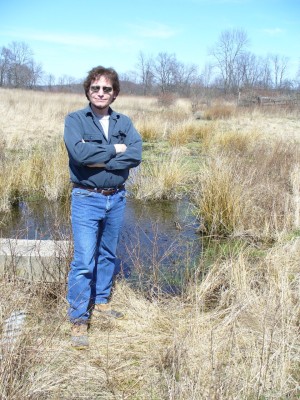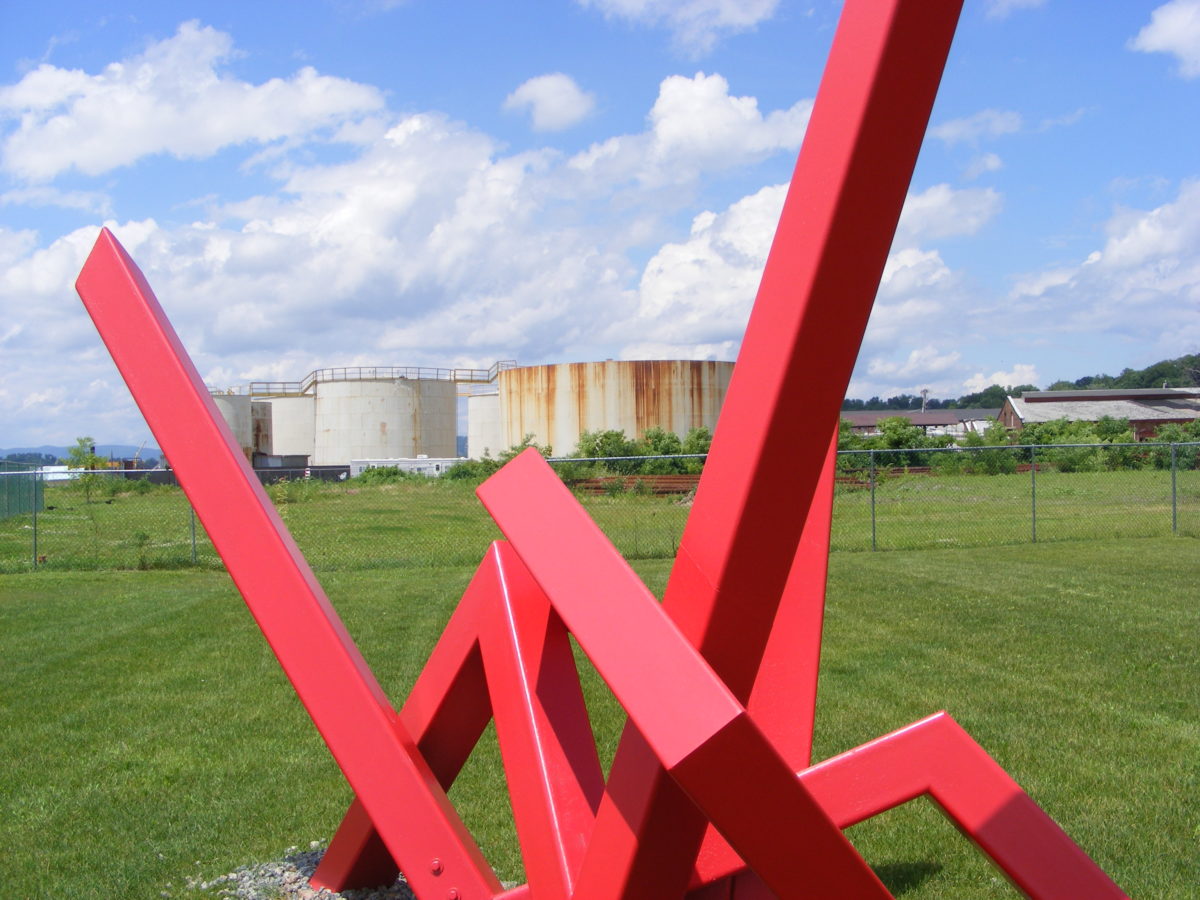When he was still too young to drive, a precocious 15-year-old Stephen Gross mounted his bicycle and headed for a prestigious environmental conference at a hotel in Saddle Brook, N. J. Gross, a member of Saddle Brook High School”™s Ecology Club, had decided on a future in ecology. He greatly impressed the luminaries attending the conference. The Ramapo College president bought him lunch. A Rutgers dean invited him for an early admissions interview.
Fast forward to 2013. Today, Stephen M. Gross is the principal of Warwick-based Hudson Highlands Environmental Consulting, a consortium of independent experts. The website shows the consortium includes a landscape architect, professional planner, hydrogeologist, herpetologist, stormwater management specialist, archaeologist, hazardous waste investigator, climate change and sustainability specialist, industrial hygienist, botanist and rare species specialist, and traffic engineer.
“Our consortium members have an average of more than 30 years of experience,” Gross said, “and by working out of home offices with low overhead, we offer extremely competitive rates.”

Gross went on to Rutgers University”™s Cook College of Agriculture and Environmental Science, earning a Bachelor of Science degree in environmental planning. Then it was off to Indiana University to do graduate study at the School of Public and Environmental Affairs.
Following some short-term jobs to find his niche, he was hired by Tim Miller Associates, then operating in Brooklyn, to pioneer a new office in Cold Spring. He was there for nine years before heading out on his own in 1997.
Gross represents either side of a dispute, stipulating to clients that he is hired to tell the truth. He represented the Sterling Forest Partnership in a situation involving 575 acres of privately owned property completely surrounded by Sterling Forest State Park. Extensive luxury housing and an 18-hole golf course were proposed.
“We demonstrated that the impact would be too great,” he said. “The project was pulled and the property sold to the state.”
By contrast, he was called in by an engineer for a proposed strip mall, which was being held up because a consultant insisted the property was two-thirds wetland. “The consultant was guided solely by vegetation,” Gross said. “What she defined as a wetlands plant was actually an uplands grass. I shrunk the amount of wetlands delineated by half.” There is now a strip mall across from a major shopping center.
“I”™ve seen a lot of crazy circumstances when delineating wetlands,” Gross said. “Perhaps the most potentially baffling was on Furnace Dock Road in Cortlandt. I had flagged the wetland and was meeting in the field with the town”™s wetland consultant. She poked her soils auger into an area I had excluded as upland and came up with a sample of jet black soil. She then insisted that I move the flags to include that area, as it was obviously hydric, she asserted.
“I smiled back and said, ”˜No. I don”™t think so.”™ She looked confused as to how I would be denying her authority as the town”™s representative in face of such compelling evidence. I told her, ”˜First, look at the trees above your head. They”™re upland oaks and maples.”™ She protested, ”˜Yes, but the soils…”™ I cut her off, saying, ”˜And did you notice the name of the road ”“ Furnace Dock Road? Well, the Colonial-era iron-smelting furnace was located right over there by the stream, and where we”™re standing was the charcoal house that served the furnace. The black soil that you pulled up is 200-year-old charcoal, not hydric.”
Gross works out of his Federal period Warwick home, shared with his wife, Marcela, an art teacher, and two Jack Russell Terriers.
Challenging Careers focuses on the exciting and unusual business lives of Hudson Valley residents. Comments or suggestions may be emailed to Catherine Portman-Laux at cplaux@optonline.net.


















